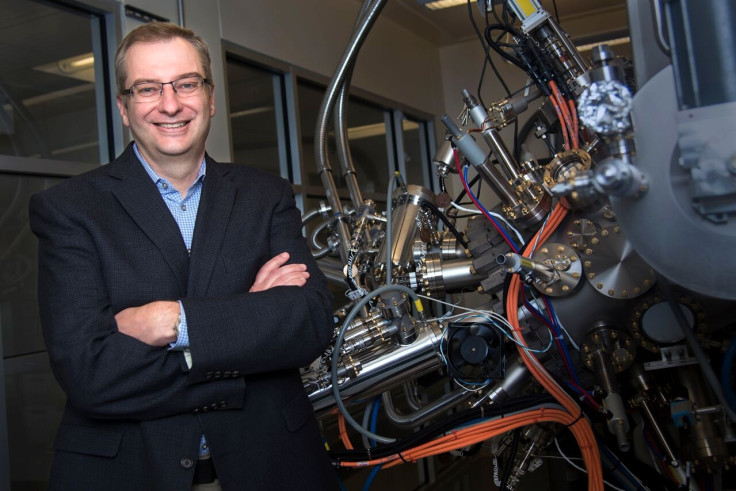Microsoft teams up with major universities to build the first scalable quantum computer
Microsoft is pushing topological qubit research to help realise physical quantum computers.
Microsoft has signed a major multi-year partnership with four international universities to speed up the development and realisation of quantum computers.
Purdue University in the US, Delft University of Technology (TU Delft) in the Netherlands, Sydney University in Australia and the University of Copenhagen in Denmark are teaming up with Microsoft to help build the first ever scalable quantum computer.
Currently quantum computers are just a concept. Numerous computer scientists around the world are researching the topic and billions of dollars is being invested to invent the technology. It is believed that these new super-powerful computers will be available within the next 50 years.
Quantum computers will be able to factor impossibly large numbers, which would enable them to solve problems much faster than a regular classical computer or a human.
Super fast calculations mean quantum computers will be able to model chemical reactions, which will speed up how medicines, solar cells, batteries, materials, industrial catalysts and flexible electronics are designed.
Quantum computers will also make it possible to perform advanced imaging, to provide the computing power needed for artificial intelligence, or even to build a new lightning fast version of the internet.
No true working prototype
However, at the moment the technology doesn't exist, and although many different groups of physicists, computer scientists and tech giants continue to research quantum systems based on either trapped ions and atoms, particles of light or superconducting circuits, there is as of yet no true working prototype – merely solutions to some of the myriad problems turned up by the technology.
With so many pieces of the puzzle still missing, Microsoft wants to make a big push into sharing research with the four universities, as well as providing investment that is understood to run into multiple millions.
Microsoft already has a global quantum computing laboratory network known as Station Q. Its latest branch has opened in Australia and will be housed in the University of Sydney's Nanoscience Hub. The hub launched in 2016 and cost AU$150m ($119.2m, £91.4m), invested by the Australian government under the guidance of former Prime Minister Kevin Rudd and the university.
"We're investing big to get a scalable quantum computer," David Pritchard, chief of staff for Microsoft's Artificial Intelligence and Research Group, told the Sydney Morning Herald.
"In the long run... we'll have significant results coming out of our program over the next few years," he said, adding that there would be "major achievements" before the end of 2017.
Topological qubits

The specific subset of research that Microsoft and the four universities are focusing on is topological qubits, which rely on a sort of quasi particle called a "non-abelian anyon" that has not even been proven to exist.
Non-abelian anyons act like both an electron and its antimatter counterpart at the same time. They emerge from chains of very cold electrons that are confined at the edge of a 2D surface, and appear as dense peaks of conductance at each end of the electron chains.
A quantum computer built using topological qubits would have information encoded in various states by braiding paths of quasi particles. A universal set of computational gates would carry out computations by braiding quasi-particles, and then measuring the multi-quasi-particle states.
Some scientists believe this method would work better than the other techniques being considered because topological qubits are able to resist decoherence far better than other types of qubits, which means they will require far less error correction.
"So far, we've had an amazing ride in terms of creating more-efficient algorithms — reducing the number of qubit interactions, known as gates, that you need to run certain computations that are impossible on classical computers," Microsoft quantum researcher Alex Boharov told Nature in October 2016.
"In the early 2000s, for example, people thought it would take about 24 billion years to calculate on a quantum computer the energy levels of ferredoxin, which plants use in photosynthesis. Now, through a combination of theory, practice, engineering and simulation, the most optimistic estimates suggest that it may take around an hour.
"We are continuing to work on these problems, and gradually switching towards more applied work, looking towards quantum chemistry, quantum genomics and things that might be done on a small-to-medium-sized quantum computer."
© Copyright IBTimes 2024. All rights reserved.























